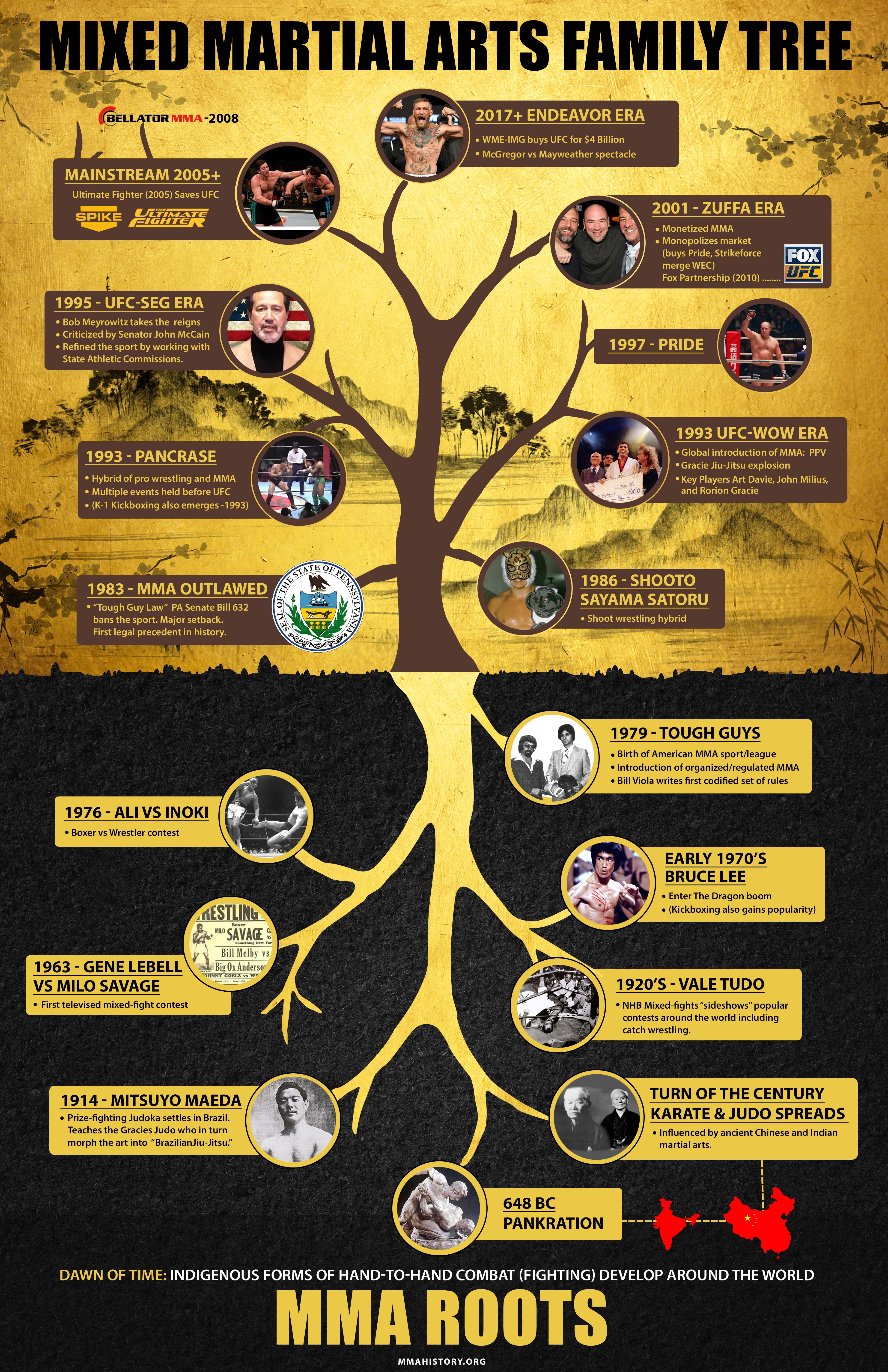The Development And Historical Context Of Martial Arts Worldwide
The Development And Historical Context Of Martial Arts Worldwide
Blog Article
Material Author-Egeberg Fallon
Martial arts have a remarkable background that covers centuries and continents. You might locate it fascinating how ancient techniques like Shuai Jiao and Kalaripayattu laid the groundwork for contemporary fight methods. These self-controls not just highlight physical abilities yet also reflect the societies that birthed them. As you explore their evolution, take into consideration how globalization has actually transformed these standard types right into hybrid styles. What impacts do you assume have shaped today's martial arts landscape?
Ancient Martial arts: The Foundations of Battle
As you explore the globe of old martial arts, you'll find the rich foundations that shaped battle techniques across societies. Very early techniques focused on Self-Defense and survival, typically including strikes, hurting, and weaponry.
In old China, as an example, methods like Shuai Jiao emphasized tosses and joint locks, while India's Kalaripayattu showcased dexterity and liquid activity. Japanese samurai created Kenjutsu, a polished swordsmanship that highlighted discipline and approach.
These martial arts served not just for fight yet additionally as a way of personal growth, instilling worths like regard and determination. The mixing of these methods over time prepared for the varied martial arts you see today, each showing the special ideologies and requirements of its society.
The Cultural Impact on Martial Arts Advancement
While martial arts commonly mirror the practical requirements of a society, they likewise embody the cultural worths and ideas of their origins. When you explore various martial arts, you'll see how they're influenced by religious beliefs, approach, and social standards.
For example, the focus on respect and technique in Japanese martial arts originates from Zen Buddhism and samurai society. In contrast, Brazilian Jiu-Jitsu promotes versatility and method, formed by the requirement for performance in a varied, modern environment.
You may locate that the routines, uniforms, and training techniques reflect a neighborhood's background and identification. By understanding these cultural influences, you grow your recognition of martial arts and their role fit human experiences across the globe.
Modern Adaptations and the Globalization of Martial arts
Martial arts have transformed considerably in recent decades, adjusting to modern culture and worldwide influences. You'll observe that standard types have blended with contemporary techniques, creating hybrid styles like mixed martial arts. These adaptations satisfy diverse target markets, making martial arts accessible and enticing worldwide.
With the surge of social media sites and electronic platforms, you can discover tutorials and competitions from all corners of the world, breaking geographical obstacles. This globalization has actually caused a common appreciation for various disciplines, from Brazilian Jiu-Jitsu to Taekwondo.
As you engage with these arts, you'll realize they're not almost battle; they advertise health and fitness, technique, and psychological well-being.
Ultimately, contemporary adaptations have enhanced the martial arts landscape, making it a dynamic and advancing method.
Final thought
In exploring the history and evolution of martial arts, you discover an interesting blend of methods, societies, and ideologies. From visit my webpage like Shuai Jiao and Kalaripayattu to the contemporary versatility seen in mixed martial arts, martial arts reflect mankind's quest for Self-Defense and individual development. As you involve with these techniques, you not only acquire abilities yet additionally a deeper admiration for the varied practices that shape our world today. So, proceed https://martial-arts-karate-for-k86431.dailyblogzz.com/35627127/the-duty-of-taekwondo-in-health-and-fitness-and-weight-loss and welcome the art of combat!
